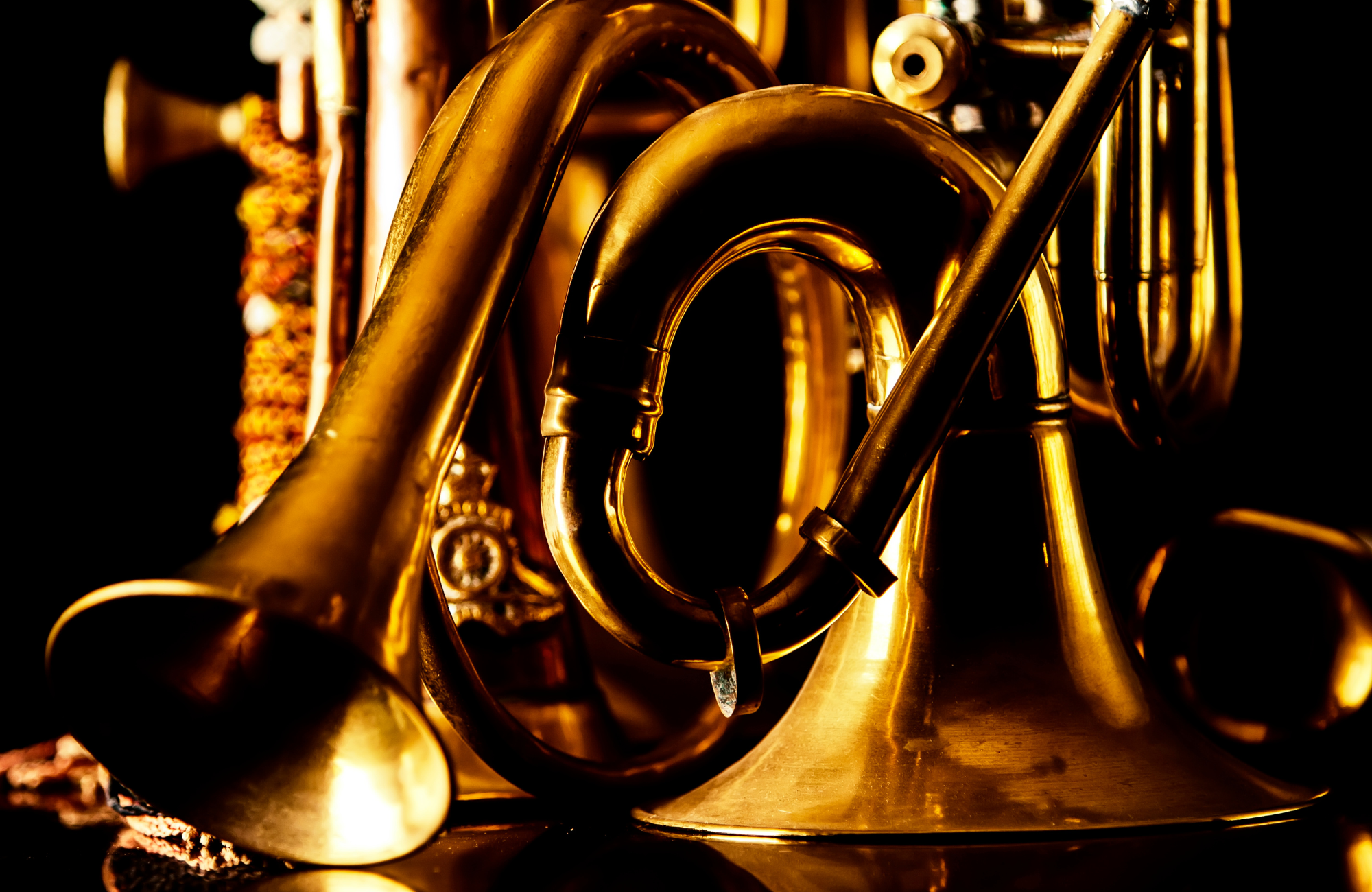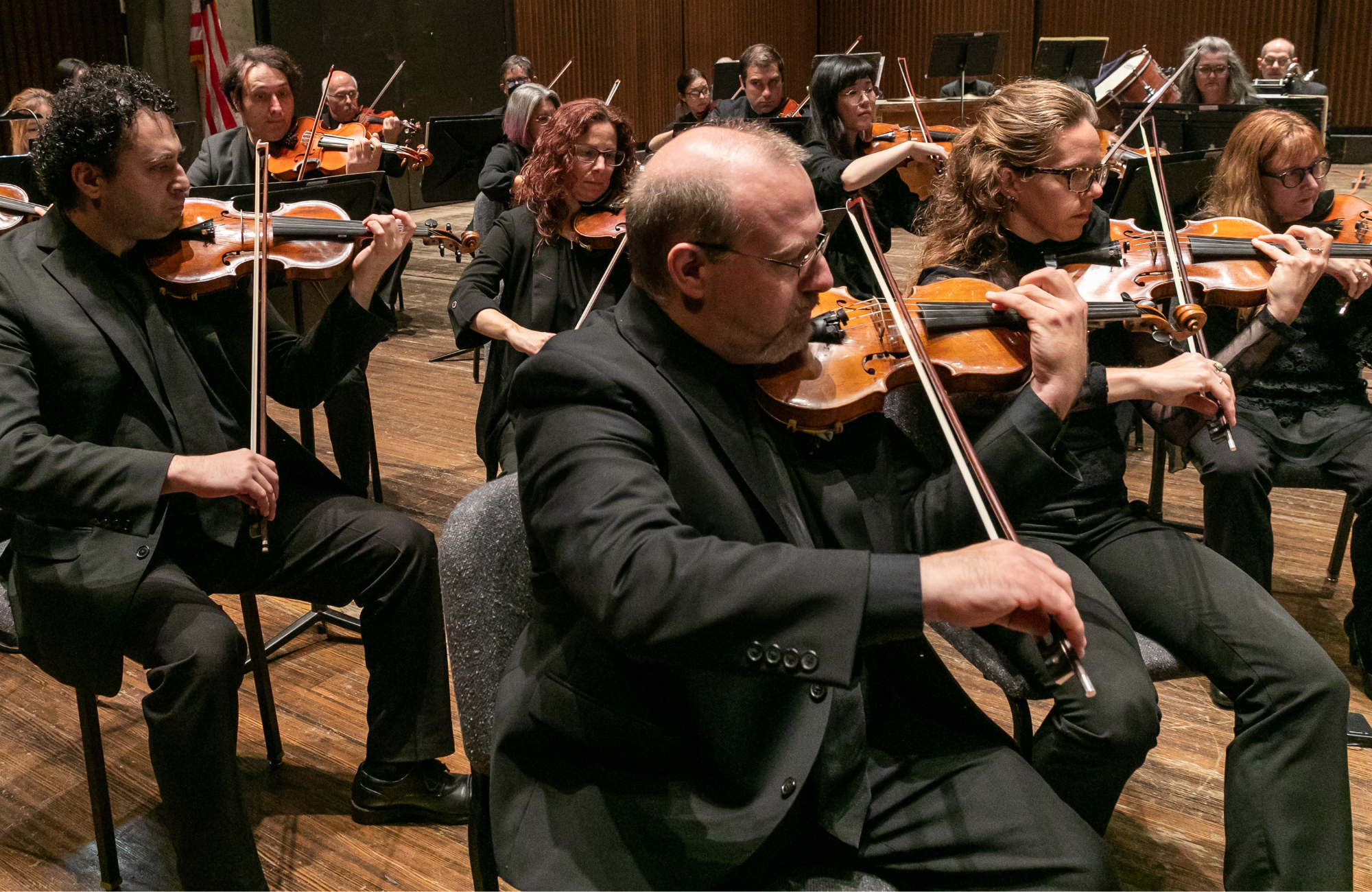Explore Romantic music with The Syracuse Orchestra! We’ll feature Noemi Miloradovic and Spencer Phillips playing Bottesini’s Gran Duo Concertante, and the Orchestra will perform Symphony No. 1 by Mayer and Pelléas et Mélisande by Fauré.
PROGRAM
FAURE: Pelléas et Mélisande, op.80: Suite ![]()
BOTTESINI: Gran Duo Concertante ![]()
EMILIE MAYER: Symphony No. 1 (C Minor)
*NO INTERMISSION
LARRY’S LISTENING RECOMMENDATIONS
PROGRAM NOTES
The title of today’s concert is “A Romantic Afternoon”—but this isn’t an afternoon of lower-case romance. Instead, we’re offering three works from the Romantic Period (specifically, from the early 1840s to nearly the turn of the century)—works that vary significantly both in style and in spirit.
We open with the music Gabriel Fauré (1845–1924) wrote for Maurice Maeterlinck’s symbolist drama Pelléas et Mélisande. It’s hard to recapture the power the play exerted when it first appeared in 1893. It centers on the doomed passion ...
The title of today’s concert is “A Romantic Afternoon”—but this isn’t an afternoon of lower-case romance. Instead, we’re offering three works from the Romantic Period (specifically, from the early 1840s to nearly the turn of the century)—works that vary significantly both in style and in spirit.
We open with the music Gabriel Fauré (1845–1924) wrote for Maurice Maeterlinck’s symbolist drama Pelléas et Mélisande. It’s hard to recapture the power the play exerted when it first appeared in 1893. It centers on the doomed passion between Pelléas and Mélisande, who is married to his half-brother Golaud—and it reaches its denouement when Golaud murders Pelléas and mortally injures Mélisande. Yet the forbidden desire, the incest, the fratricide, and the spousal abuse are treated in an understated, allusive, even diaphanous way—and this disorienting combination of elements took Europe by storm. Within a little over a decade, Debussy, Schoenberg, Sibelius, and Fauré (not to mention the lesser-known William Wallace) had all provided musical settings, each with a different perspective on the play’s underlying ambiguities. Debussy’s opera, for instance, conjures up its ethereal, other-worldly character; Schoenberg’s massive tone poem centers on its angst-filled eroticism.
Fauré’s incidental music is perhaps the gentlest of the settings, as you might expect if you know his intimate Requiem. The music was originally composed in 1898 for a British production of Pelléas, and orchestrated by Fauré’s pupil Charles Koechlin. Fauré later adapted Koechlin’s orchestration for a suite of excerpts, the form in which the music is best known. Except for the final number, “The Death of Mélisande,” the music avoids the darker aspects of the play.
It would be hard to imagine anything further from Fauré’s refined Pelléas than the rambunctious Grand Duo Concertante for Violin, Double Bass, and Orchestra by Giovanni Bottesini (1821–1889). Bottesini is best remembered as the foremost double bass player of his day. As our principal bass player Spencer Phillips says, he was the “Paganini of the double bass.” But Bottesini was also a famed conductor (he conducted the premiere of Aida) and a prolific composer. Although his compositional output included a large number of works in many genres (including several operas), the ones that have best survived are those that helped define contemporary performing techniques for his instrument. This afternoon’s double concerto is one of his more popular pieces. It has a blurry history, and was probably originally written in the 1840s for (hard as it is to believe) two double basses. It is now most often presented in a version for violin and bass, and that’s how it will be performed today, by Spencer and his wife, violinist Noemi Miloradovic.
It’s a difficult work—in several different ways. First, it’s a virtuoso vehicle of nearly Paganini-like difficulty—“unforgiving” in Noemi’s words. And in addition to getting all the notes in place, there’s the difficulty of balancing the two instruments, which because of the differences in their range, don’t easily fit together. As a result, when Spencer first learned it years ago, it took a while to convince Noemi to take it up, too. It might never have happened without the Covid lockdown; but those were years when many musicians rethought their repertoires; and since Noemi and Spencer were locked down together, they began to work on the piece, even making a video of an excerpt for the orchestra’s website.
Adding to the problems the performers face, the piece is what Spencer calls a “double-edged sword.” Paganini is one of those virtuoso composers who wrote music in such a way that it sounds even harder than it is; Bottesini’s Grand Duo, in contrast, often hides its difficulties, making it sound easier than it is. Not that it ever sounds simple—but its spirit is light rather than strenuous. In Noemi’s words, it’s “like a joke”—full of “questions, answers, discussions, and arguments” in a way that keeps you guessing.
To add to the challenges of playing all the notes with the right deft touch, there’s a psychological challenge: as Spencer points out, double bass players are not accustomed to appearing as soloists. They don’t have much of a solo repertoire, and even short turns in the spotlight during orchestral works (say, the third movement of the Mahler First, with which we’ll be ending the season) are rare. Thus, while they are used to serving as the foundation of the orchestra, they’re normally “kind of stuck in the back”; and “it is a little bit weird to step out of it.”
The Grand Duo is equally “weird” for the violinist—although in the opposite way. “It’s one of the hardest things to play,” says Noemi. “And when violinists play something this hard, they’re usually the sole performer featured.” Not so here: it’s a showpiece primarily for the bass. When Spencer told his teacher Orin O’Brien (the first woman to be a full-time member of the New York Philharmonic) that he was playing this piece, she had a single sentence for him: “Go, show the world what bass players are actually capable of doing!” It’s potentially ego-bruising for a violinist to play something this hard and still be the secondary player.
There’s another radical shift of gears as we move from Bottesini to our final work, the 1847 Symphony No. 1 by German composer Emilie Mayer (1812–1883), a work as different from Bottesini’s with its almost Rossini-like hijinks as Bottesini’s is from Fauré’s. There’s a good chance you’ve never heard anything by Mayer before—in fact, you may never have heard of her. Born in Friedland, Mecklenburg, she studied with Carl Loewe, a prestigious composer and teacher best remembered for his songs, often compared to Schubert’s. Mayer was extremely prolific, not only in the small pieces to which most women composers were restricted, but in large compositions as well (she composed eight symphonies). Still, like the other women composers of her time, she faced considerable condescension. An often-quoted review of her official Berlin debut claimed, “That which female powers—powers of a second order—are capable of attaining, Emilie Mayer has achieved.” And especially since she didn’t have a long-term academic position as did French contemporary Louise Farrenc (whose Third Symphony made such a splash on our November Casual in 2021), and since she didn’t have a virtuoso performing career as did Clara Schumann, it was a constant struggle to get her music published and performed. In the past few years, there’s been an explosion of interest in her music—like that of Farrenc and Clara Schumann, along with that of such other 19th-century sisters as Cécile Chaminade, Augusta Holmès, Louise Bertin, and the slightly more familiar Fanny Mendelssohn. We’re thrilled to be introducing her to you today.
What does her music sound like? Mayer, especially in this early four-movement symphony, is no stylistic revolutionary: you won’t find, for instance, any Lisztian attempts to challenge traditions. Rather, hews close to mid-century conventions. Like most of her contemporaries, particularly in Germany, she’s very much under Beethoven’s influence. You’re apt to think of Haydn as well, and there are frequent flashes of the more urgent Mendelssohn of the Hebrides Overture. But the influence I hear most clearly lurking in the background is Schubert—specifically, the nervous energy of the Sturm-und-Drang Schubert rather than his sunny lyricism.
Of course, within that general idiom, there’s plenty of room for individual maneuvering. And Mayer’s First will surprise you with its details. It begins, unusually in the era before Mahler, with an Adagio funeral march—although as soon as you have adjusted to its presence, it surges into a hard-driving Allegro. The B section of the third movement may shock you as well, both in the remarkable way it’s introduced (a transition that sinks slowly from an Allegro vivace to a moderato to an Adagio) and in the way its tone differs dramatically from that of its fierce outer sections. The movement ends with some unexpected dynamics as well. As for the finale: it, too, may throw you off balance, especially in its bold outbursts and its wonderfully protracted ending. All in all, if you haven’t heard any of Emilie Mayer’s music before today, you’ll be wondering why.
Peter J. Rabinowitz
Have any comments or questions? Please write to me at prabinowitz@SyracuseOrchestra.org
FEATURED ARTISTS
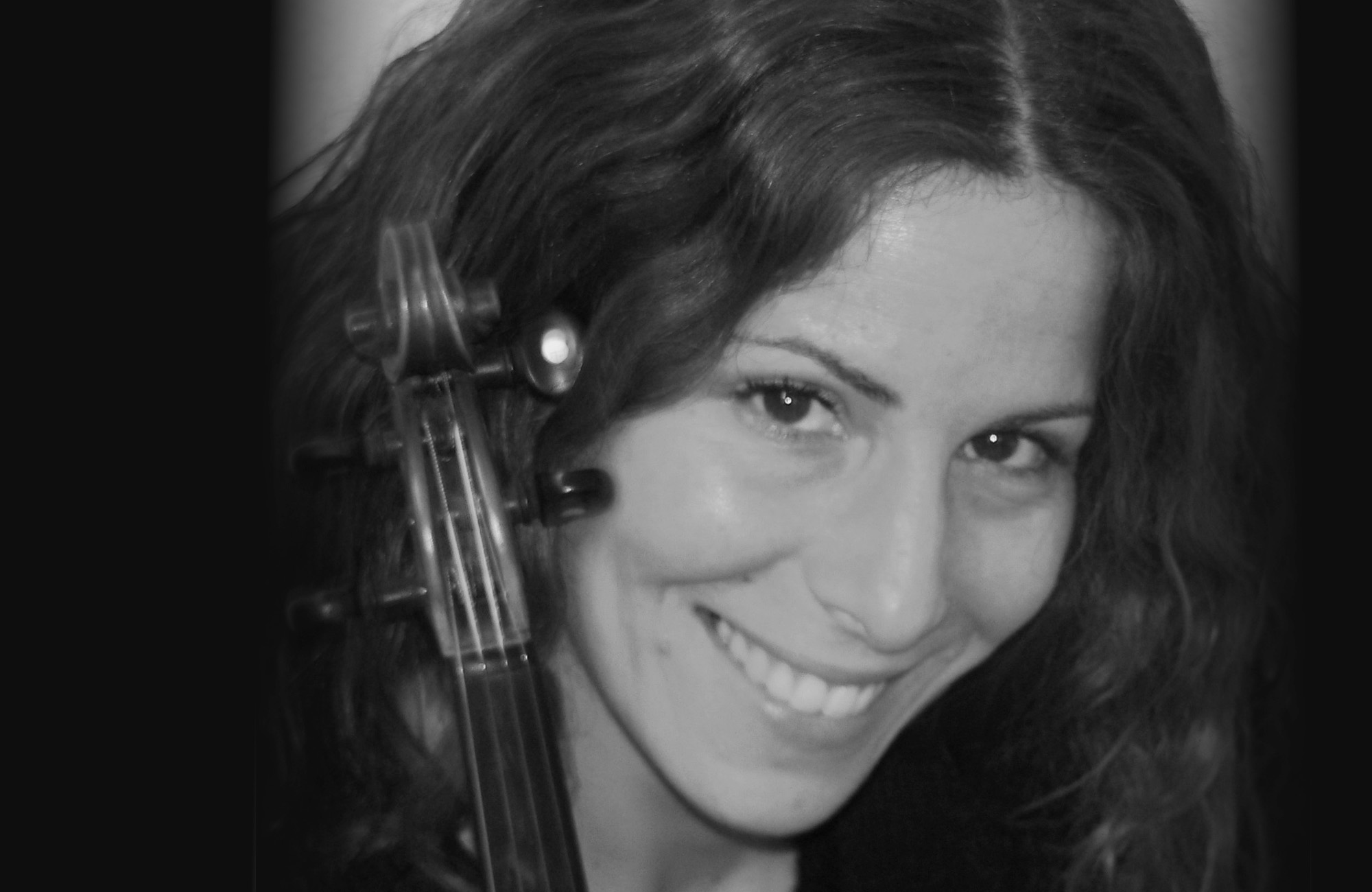
Born in Belagrade, Serbia, violinist Noemi Miloradovic graduated with honors from the Longy School of Music in Boston. While pursuing her undergraduate diploma she won the honors and the concerto competition resulting in a solo performance with the Longy Chamber Orchestra. Noemi obtained a Masters of Music degree at ...
Born in Belagrade, Serbia, violinist Noemi Miloradovic graduated with honors from the Longy School of Music in Boston. While pursuing her undergraduate diploma she won the honors and the concerto competition resulting in a solo performance with the Longy Chamber Orchestra. Noemi obtained a Masters of Music degree at the University of Kansas and Artist Diploma at Park University, studying with violinist Ben Sayevich.
She is a former member of the Kansas City Symphony Orchestra and the Kansas City chamber orchestra. She was a featured soloist with the Lawrence Chamber Orchestra, the National Symphony Orchestra of the Dominican Republic, the Kansas University Orchestra and the Endless Mountain Festival Orchestra.
Currently she is a member of the Rhode Island Philharmonic Orchestra,the Portland Symphony Orchestra, she serves as associate concertmaster of Binghamton Philharmonic and is a violin professor at Binghamton University.
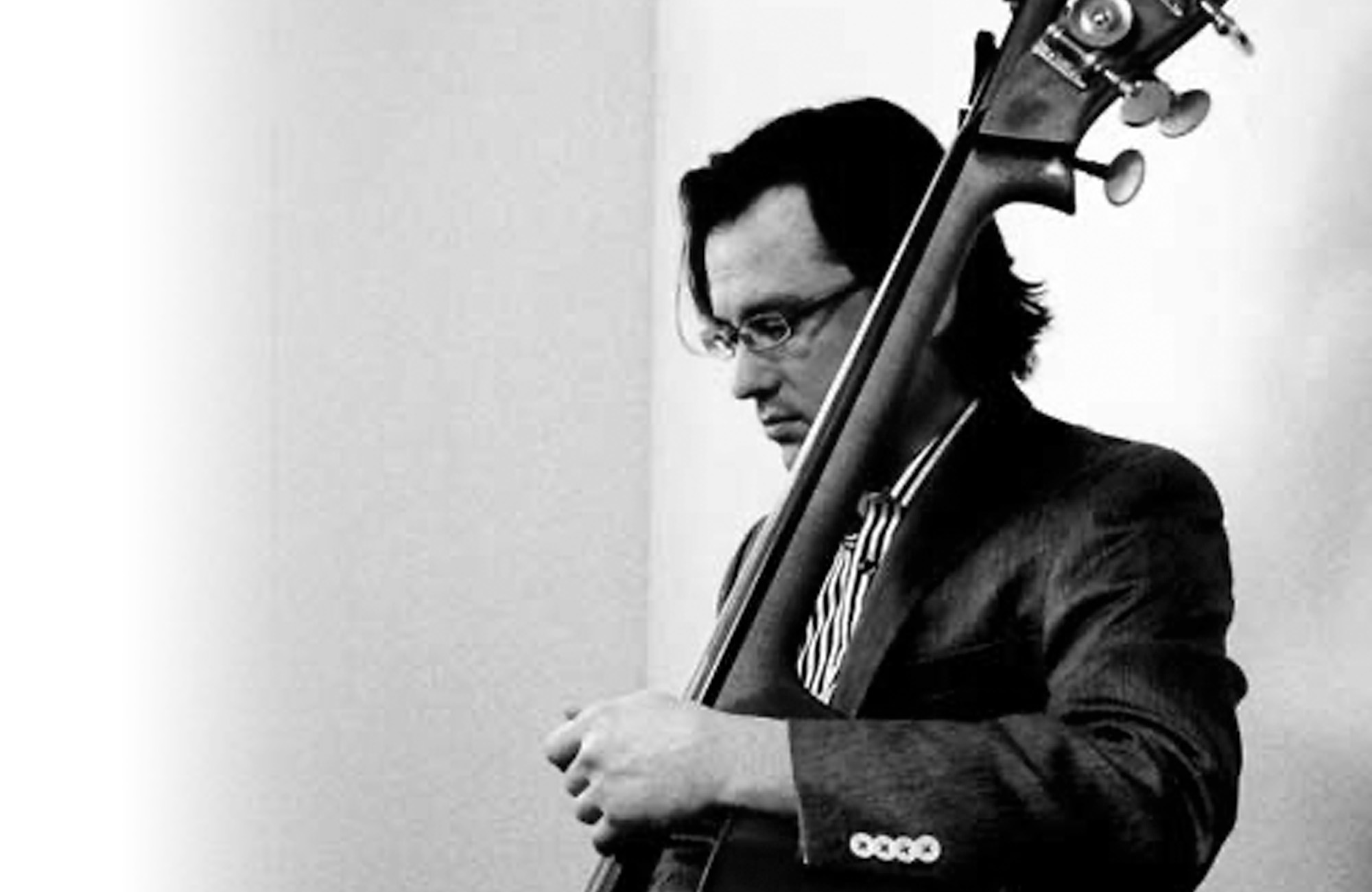
Spencer Phillips is highly sought after as both an orchestral bassist and chamber musician throughout the United States and abroad.
Recent performance engagements include a US tour with the Munich Symphoniker, performances with the International Chamber Orchestra of Puerto Rico, performances with the Michigan Opera Theater, Solo ...
Spencer Phillips is highly sought after as both an orchestral bassist and chamber musician throughout the United States and abroad.
Recent performance engagements include a US tour with the Munich Symphoniker, performances with the International Chamber Orchestra of Puerto Rico, performances with the Michigan Opera Theater, Solo Bassist with the International Chamber Orchestra led by violinist Dimitri Berlinsky, as well as recording the complete Beethoven Symphonies with Orchestre de la Francophonie Canadian, under Jean-Philippe Tremblay.
Dr. Phillips is a graduate of the Interlochen Arts Academy, Michigan, where he studied with Derek Weller. He went on to study with Jack Budrow (Michigan State University) and Orin O’Brien (New York Philharmonic) at the Manhattan School of Music, NYC. He completed his doctorate in performance with a minor in music theory at the Eastman School of Music where he studied with James VanDemark. He was a prize winner at the International Society of Bassist competition in 2005.
Dr. Phillips is Principal Bass of The Syracuse Orchestra, Tri-City Opera, and the Binghamton Philharmonic. He currently holds teaching positions at Syracuse University and Binghamton University.
When he is not playing the double bass Spencer is an avid hockey fan, recreational snooker player, and was a volunteer fireman for the Brooktondale Fire Department, NY. He and his wife currently reside in Jamesville, NY.
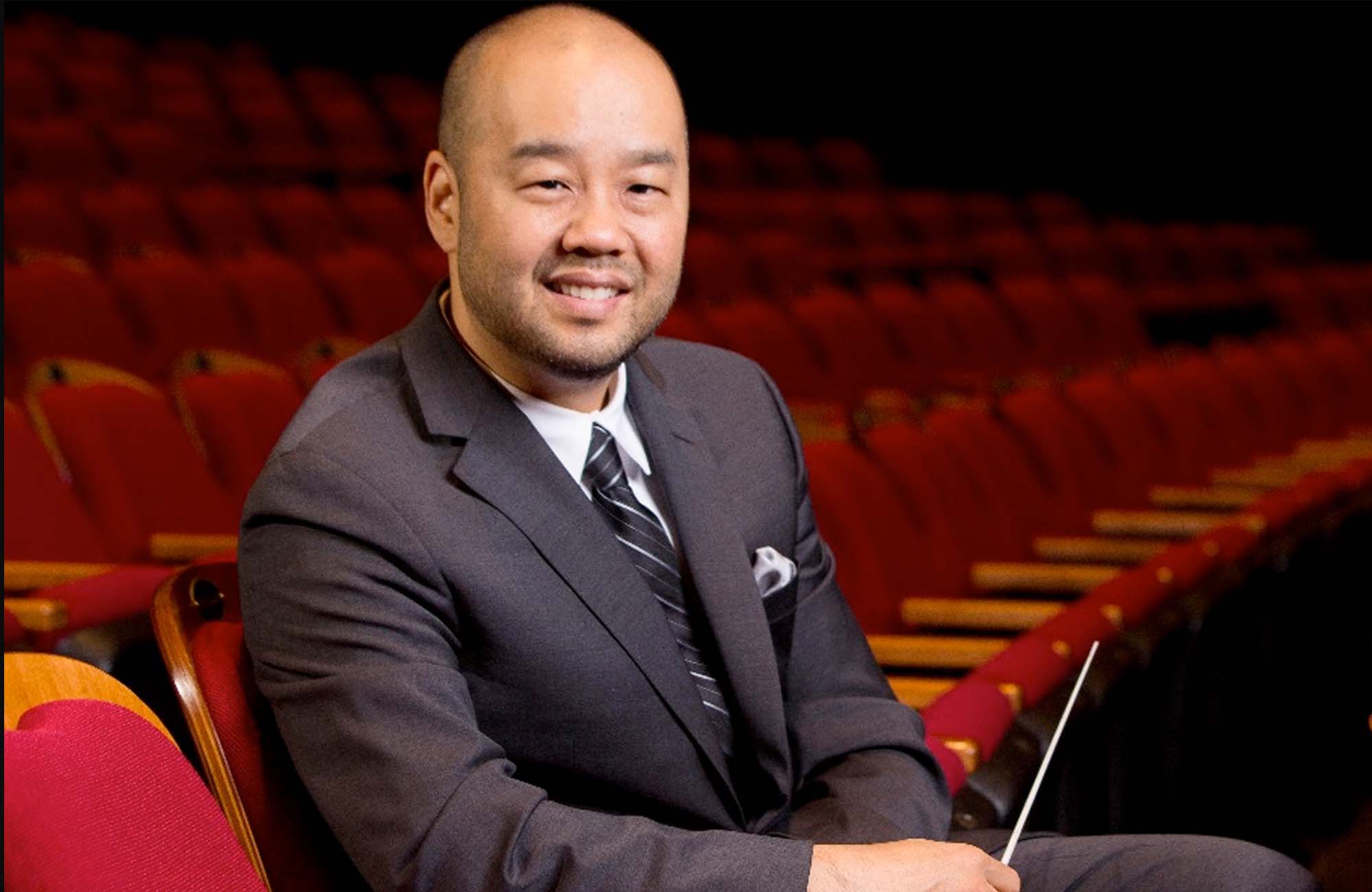
Described as bringing an “artisan storyteller’s sensitivity… shaping passages with clarity and power via beautifully sculpted dynamics… revealing orchestral character not seen or heard before” (Arts Knoxville) Lawrence Loh enjoys a dynamic career as a conductor of orchestras all over the world.
After an extensive two ...
Described as bringing an “artisan storyteller’s sensitivity… shaping passages with clarity and power via beautifully sculpted dynamics… revealing orchestral character not seen or heard before” (Arts Knoxville) Lawrence Loh enjoys a dynamic career as a conductor of orchestras all over the world.
After an extensive two year search, Lawrence Loh was recently named Music Director of the Waco Symphony Orchestra beginning in the Spring of 2024. Since 2015, he has served as Music Director of The Syracuse Orchestra (formerly called Symphoria), the successor to the Syracuse Symphony Orchestra. “The connection between the organization and its audience is one of the qualities that’s come to define Syracuse’s symphony as it wraps up its 10th season, a milestone that might have seemed impossible at the beginning,” (Syracuse.com) The Syracuse Orchestra and Lawrence Loh show that it is possible to create a “new, more sustainable artistic institution from the ground up.”
Appointed Assistant Conductor of the Pittsburgh Symphony in 2005, Mr Loh was quickly promoted to Associate and Resident Conductor within the first three years of working with the PSO. Always a favorite among Pittsburgh audiences, Loh returns frequently to his adopted city to conduct the PSO in a variety of concerts. Mr. Loh previously served as Music Director of the West Virginia Symphony Orchestra, Music Director of the Northeastern Pennsylvania Philharmonic, Artistic Director and Principal Conductor of the Syracuse Opera, Music Director of the Pittsburgh Youth Symphony Orchestra, Associate Conductor of the Dallas Symphony Orchestra, Associate Conductor of the Colorado Symphony Orchestra and Music Director of the Denver Young Artists Orchestra.
Mr. Loh’s recent guest conducting engagements include the San Francisco Symphony, Dallas Symphony, North Carolina Symphony, Baltimore Symphony, Sarasota Orchestra, Florida Orchestra, Pensacola Symphony, Atlanta Symphony, National Symphony, Detroit Symphony, San Diego Symphony, Seattle Symphony, National Symphony (D.C.), Utah Symphony, Rochester Philharmonic, Indianapolis Symphony, Calgary Philharmonic, Buffalo Philharmonic, Albany Symphony and the Cathedral Choral Society at the Washington National Cathedral. His summer appearances include the festivals of Grant Park, Boston University Tanglewood Institute, Tanglewood with the Boston Pops, Chautauqua, Sun Valley, Shippensburg, Bravo Vail Valley, the Kinhaven Music School and the Performing Arts Institute (PA).
As a self-described “Star Wars geek” and film music enthusiast, Loh has conducted numerous sold-out John Williams and film music tribute concerts. Part of his appeal is his ability to serve as both host and conductor. “It is his enthusiasm for Williams’ music and the films for which it was written that is Loh’s great strength in this program. A fan’s enthusiasm drives his performances in broad strokes and details and fills his speaking to the audience with irresistible appeal. He used no cue cards. One felt he could speak at filibuster length on Williams’ music.” (Pittsburgh Tribune)
Mr Loh has assisted John Williams on multiple occasions and has worked with a wide range of pops artists from Chris Botti and Ann Hampton Callaway to Jason Alexander and Idina Menzel. As one of the most requested conductors for conducting Films in Concert, Loh has led Black Panther, Star Wars (Episodes 4-6), Jaws, Nightmare Before Christmas, Jurassic Park, Casablanca, The Wizard of Oz and Singin’ in the Rain, among other film productions.
Lawrence Loh received his Artist Diploma in Orchestral Conducting from Yale, his Masters in Choral Conducting from Indiana University and his Bachelor of Arts from the University of Rochester. Lawrence Loh was born in southern California of Korean parentage and raised in Carlisle, Pennsylvania. He and his wife Jennifer have a son, Charlie, and a daughter, Hilary. Follow him on instagram @conductorlarryloh or Facebook at @lawrencelohconductor or visit his website, www.lawrenceloh.com



